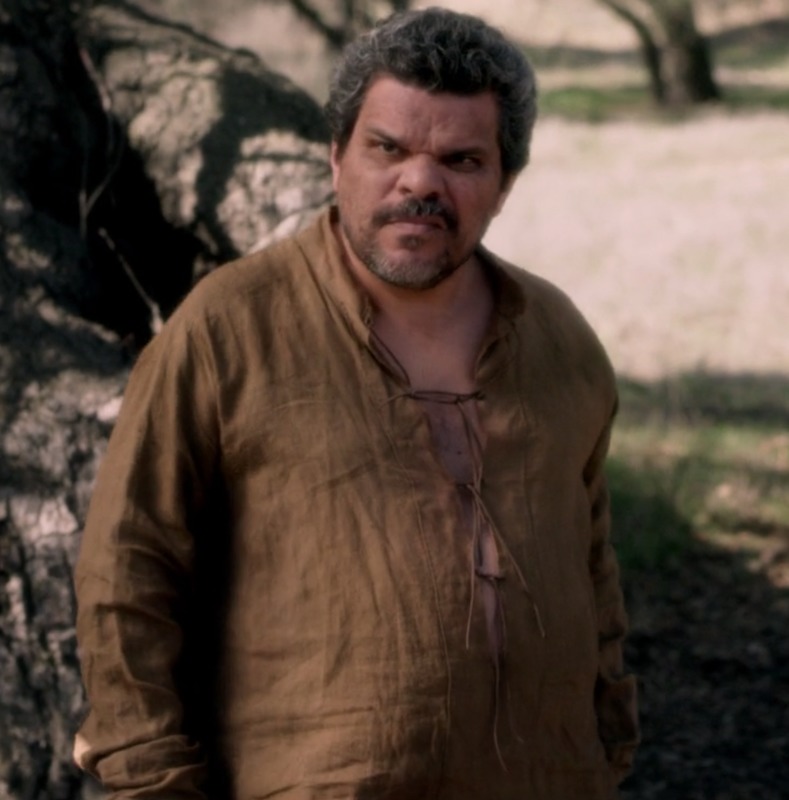Racialization in Don Quixote: The Ingenious Gentleman of La Mancha
In the 2015 film Don Quixote: The Ingenious Gentleman of La Mancha, directed by David Beier, Hispanic actors and the Spanish language are used to either vilify a character or to present the character as unintelligent, which reflects the general sentiment of distrust towards the Latinx community around the time that the film was produced.
When we compare our first impressions of Sancho Panza from the book and the movie, we can see that the movie depicts Sancho as a drunkard who speaks obscenely about his wife, whereas the book describes Sancho as a “good man”. It’s no coincidence that Sancho is played by one of the few Hispanic actors in the entire movie, whereas Don Quixote, his master who is supposedly from the same village as him, is played by a white actor.
Perhaps the most overt example of racist casting is the case with the Farmer who whips a young, innocent child. The Farmer is a clearly corrupt character: not only does he whip a child, he promises Don Quixote that he will stop immediately and pay the child his wages, but goes back on this promise almost as quickly as he made it. The Farmer is played by Luis Guzmán, a Puerto-Rican actor who was raised in New York City (Luis Guzmán Biography). It does not make historical sense that any characters in this film would be Latinx (the setting is 17th century Spain), but the directors specifically chose to cast Hispanic actors as farmhands who either are drunkards or who display complete immorality.
The use of the Spanish language in the film is not frequent, but paying attention to the characters that speak in Spanish highlights a clear disparagement of the Spanish language. One of the two characters that speaks Spanish in the film is Ginés de Pasamonte, who is played by a white actor, James Franco. Pasamonte is one of the most devious characters in the film: he manipulates Sancho into helping him escape from the Holy Brotherhood twice, steals Sancho’s donkey, and then gets Sancho in trouble for helping him. Once again, it is not a coincidence that the most evil character in the film is also the one who speaks the most Spanish.
The historical context of the time period surrounding this film informs our interpretation of the racialized casting and language usage in the movie. The film was released in 2015, which was a year that was filled with distrustful and critical sentiments towards Latinx people in the United States. During President Trump’s campaign (in 2015), he said things like, “[Mexicans are] … bringing drugs. They’re bringing crime. They’re rapists” (TIME Staff), and “This is a country where we speak English, not Spanish” (Goldmacher). The statements captured the zeitgeist of the year surrounding the release of the film, which made it possible for explicitly racist casting and employment of the Spanish language to slip under the radar.
-- Vanessa Martinez Penn


